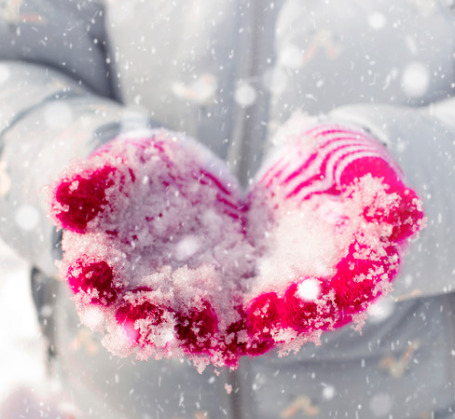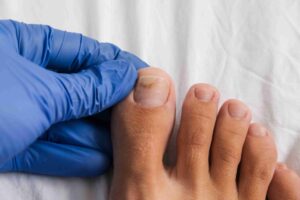What are Chilblains?
Chilblains are small, painful red or purple bumps on the skin, which develop after exposure to cold and damp conditions. They are usually found on the fingers, toes, ears, nose and heels but may also affect other areas of the body. Also known as perniosis (or just pernio), chilblains are one of the mildest but most common forms of cold injury.
Despite the discomfort, most chilblains don’t cause any permanent damage to tissue, although in serious cases, it can result in an ulcer. As not everyone exposed to cold and damp conditions will develop chilblains, it is believed that those who do are overly sensitive to changes in weather and temperature. The elderly, sedentary, teenagers, and people with medical conditions (such as anaemia) are most susceptible.
Signs & Symptoms of Chilblains
The following signs or symptoms can indicate a chilblain on the foot:
- A small red, blue or purple lesion on your foot
- A burning pain on the skin or intense itching.
- The skin is often red, inflammed and swollen in the acute phase.
- As it undergoes healing it changes from a red to dark blue, bruised colour.
- The skin may develop hard skin or callus as it heals
- In extreme cases the chilblain can breakdown into an ulcer.
Causes of Chilblains
Chilblains are inflammatory lesions in the skin that develop after ongoing or repeated exposure to cold air, especially if the air is also damp or if it’s windy.
The exact cause is not known, but a sudden change in temperature from cold to warm seems to be important. Warming up cold skin very quickly is thought to cause an abnormal reaction in the small blood vessels in the skin in susceptible people. This causes swelling and inflammation, resulting in chilblains.
This condition is more common in cold, rather than freezing temperatures. That’s because people living in areas that get particularly cold in the winter time tend to be better set up for the conditions.
This should not be confused with frostbite.
When to see your doctor about chilblains
In many cases, chilblains will clear up on their own. See your doctor if:
- the chilblains are very painful;
- the skin looks infected;
- the chilblains become cracked or sore; or
- there is no improvement after a week.
If you have diabetes or a circulation disorder, see a podiatrist as soon as possible after developing chilblains.
Your podiatrist will ask about your symptoms and examine the affected area of skin. They will also check your circulation.
The diagnosis of chilblains can usually be made based on your symptoms and the appearance of the lesions. Tests are rarely needed, but blood tests may be recommended to rule out possible causes or related conditions.
Are you suffering from this condition? At The Chelsea Clinic, we can help. One of our podiatrist can assist and then recommend what treatments are best to get you back on track. Podiatrist South Kensington
Schedule an appointment here or you may call us at +44 (0) 207 101 4000.
We hope you have a feetastic day!
-The Chelsea Clinic and Team
Check our latest blog about Diabetic Foot
Check our blog about Corns and Calluses
Read our blog about Diabetic Foot Ulcer




